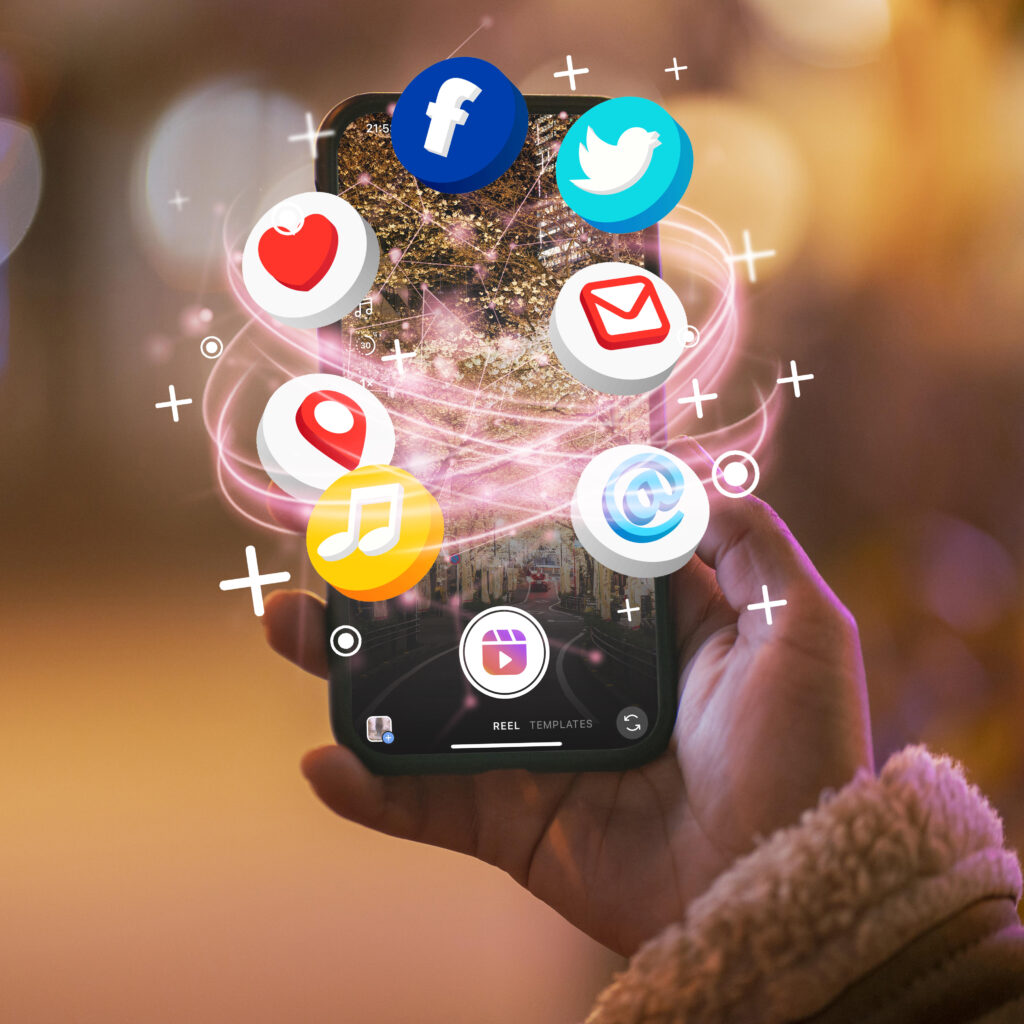When it comes to social media marketing, every business owner or marketer knows the importance of great content. But what if your perfectly crafted posts are missing out on engagement because they’re not reaching your audience at the right time? Understanding when to post can make as much of a difference as what you post.
This guide dives into the data behind optimal social media posting times, platform-specific best practices, and tools that can help you maximize your content’s visibility while streamlining your workflow. Whether you’re a small business owner or a marketing professional, you’ll walk away ready to take your social strategy to the next level.
Understanding Your Audience
Before you can accurately determine the best times to post, it’s essential to hone in on your target audience. Audience behavior plays a significant role in social media engagement.
Here are three steps to help you analyze your target audience’s habits:
1. Determine Demographics
Look at age, gender, location, and occupation. For example, if your audience primarily consists of 9-to-5 professionals, they’ll likely engage with content during their lunch break or in the evening after work. Meanwhile, younger audiences may spend more time online during late-night hours.
2. Study Platform-Specific Analytics
Use built-in analytics tools such as Facebook Insights, Instagram Insights, or Twitter Analytics. These tools provide valuable information about when your audience is the most active.
3. Monitor Engagement Trends
Pay attention to days and times when your current posts perform well. Spot patterns—do weekends generate more likes? Is your target audience more active midweek?
By combining this knowledge, you’ll start to pinpoint the timing sweet spots unique to your brand and audience.

The Best Times to Post on Different Platforms
Each social media platform serves different purposes and attracts varying user behaviors. Here’s what the data reveals for the best posting times across major platforms:
- Best Times: Midweek (Wednesday is optimal), between 10 AM and 1 PM.
- Why: Most Facebook users check in sporadically throughout the workday, making midday posts ideal.
- Pro Tip: Focus on shareable content like videos, inspiring quotes, and promotions during these times to maximize reach.
- Best Times: Tuesday through Friday, 11 AM – 2 PM. Many users also engage during the evening from 7 PM – 9 PM.
- Why: Instagram is highly visual, and users tend to scroll during lunch breaks and post-dinner relaxation.
- Pro Tip: Use Stories and carousel posts to draw attention when users are most active.
- Best Times: Monday through Friday, 9 AM – 12 PM. Activity tends to spike during the morning commute and early afternoon.
- Why: Known as a fast-paced platform, Twitter users actively engage during news-heavy and working hours.
- Pro Tip: Post more frequently here than on other platforms since the feed moves fast.
- Best Times: Tuesday through Thursday, between 8 AM – 10 AM or 5 PM – 6 PM.
- Why: LinkedIn caters to working professionals, so posts are often seen during morning prep or at the end of the workday.
- Pro Tip: Post thought-leadership content or case studies during these prime times to position your brand as an industry expert.
Remember, these times are general guidelines. Your industry, audience demographics, and niche can shift ideal posting times slightly. Testing and adjusting (discussed later) is vital.

Exploring the Impact of Time Zones
If you have a geographically diverse audience, posting at the right time for maximum visibility gets trickier. Here’s how to account for multiple time zones:
Use a “Follow the Sun” Strategy
Post time-sensitive content several times throughout the day to ensure a global audience sees it.
Example:
- Schedule your post for 9 AM ET for U.S. East Coast viewers and then again at 9 AM PT for the West Coast.
Analyze Regional Audience Data
Your analytics tool can highlight when each segment of your audience is most active. Tailor your posting schedule to cater to your largest audience segment or divide posts strategically for each region.
Automate for Time Zone Optimization
Using scheduling tools (covered below) allows you to customize posting times for different time zones effortlessly.
Tools for Scheduling Posts
Crafting impactful social media posts is one thing, but consistently publishing them at optimal times is another. Social media management tools simplify scheduling. Here’s a breakdown of some popular options:
1. Hootsuite
Hootsuite allows you to schedule posts for multiple platforms and offers analytics to determine the best times to post based on engagement data.
2. Buffer
Buffer is known for its easy-to-use interface. It recommends optimal posting times based on past performances, making it beginner-friendly.
3. Sprout Social
Sprout Social combines scheduling and detailed analytics to help guide content strategies.
4. Later
Great for Instagram, Later’s scheduling feature includes a visual planner to ensure your grid looks cohesive while scheduling posts for prime times.
5. Meta Business Suite
If you manage Facebook and Instagram, Meta Business Suite (formerly Facebook Business Manager) is an essential tool for creating and scheduling posts directly for these platforms.
Testing and Adjusting Your Posting Schedule
While industry benchmarks offer a great starting point, nothing beats data tailored to your unique audience. Testing and refining your posting times is key for long-term success.
Conduct A/B Tests
Post similar content at different times and days across a period. Compare engagement metrics such as likes, shares, and comments to see what timing resonates most with your audience.
Monitor Performance
Track performance continuously using platform analytics. Monitor engagement levels by day and time for actionable insights.
Stay Flexible
Social media algorithms change frequently, as do user behaviors. Revisit your strategies every few months to ensure they stay relevant.
Maximize Your Reach with Smart Timing
Perfecting your posting schedule takes effort, but the payoff is worth it. Understanding your audience, leveraging analytics, and testing strategies allow you to create a social media plan that delivers consistent engagement and reach.
By ensuring your posts hit timelines at the right times, you can amplify your brand’s online presence without spending extra effort crafting more content.
And remember, tools like Hootsuite and Buffer aren’t just convenient—they’re critical for staying organized as you refine your posting strategy.
Following the insights above, you’re ready to start building data-driven schedules that work. Happy posting and higher engagement!

